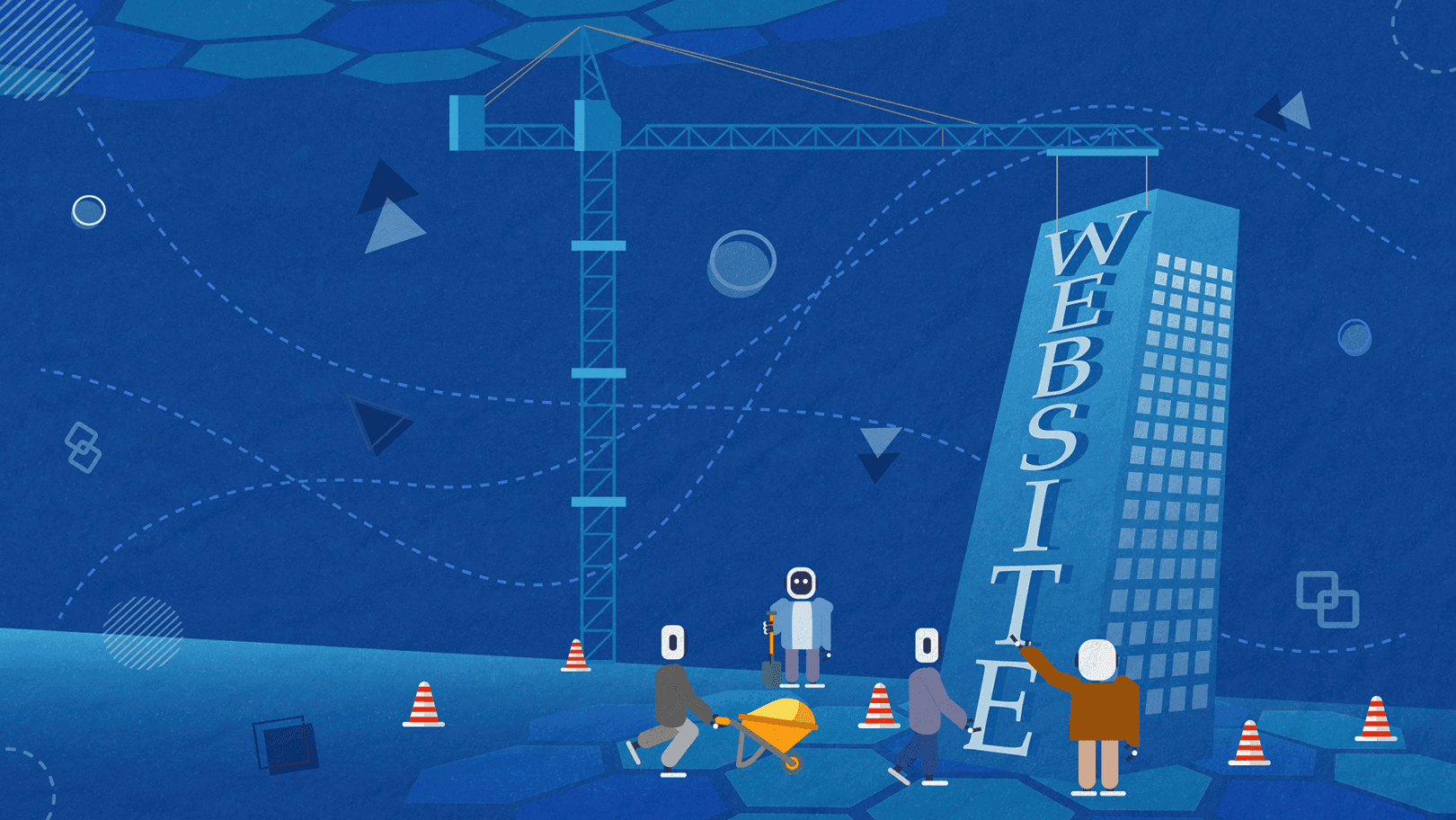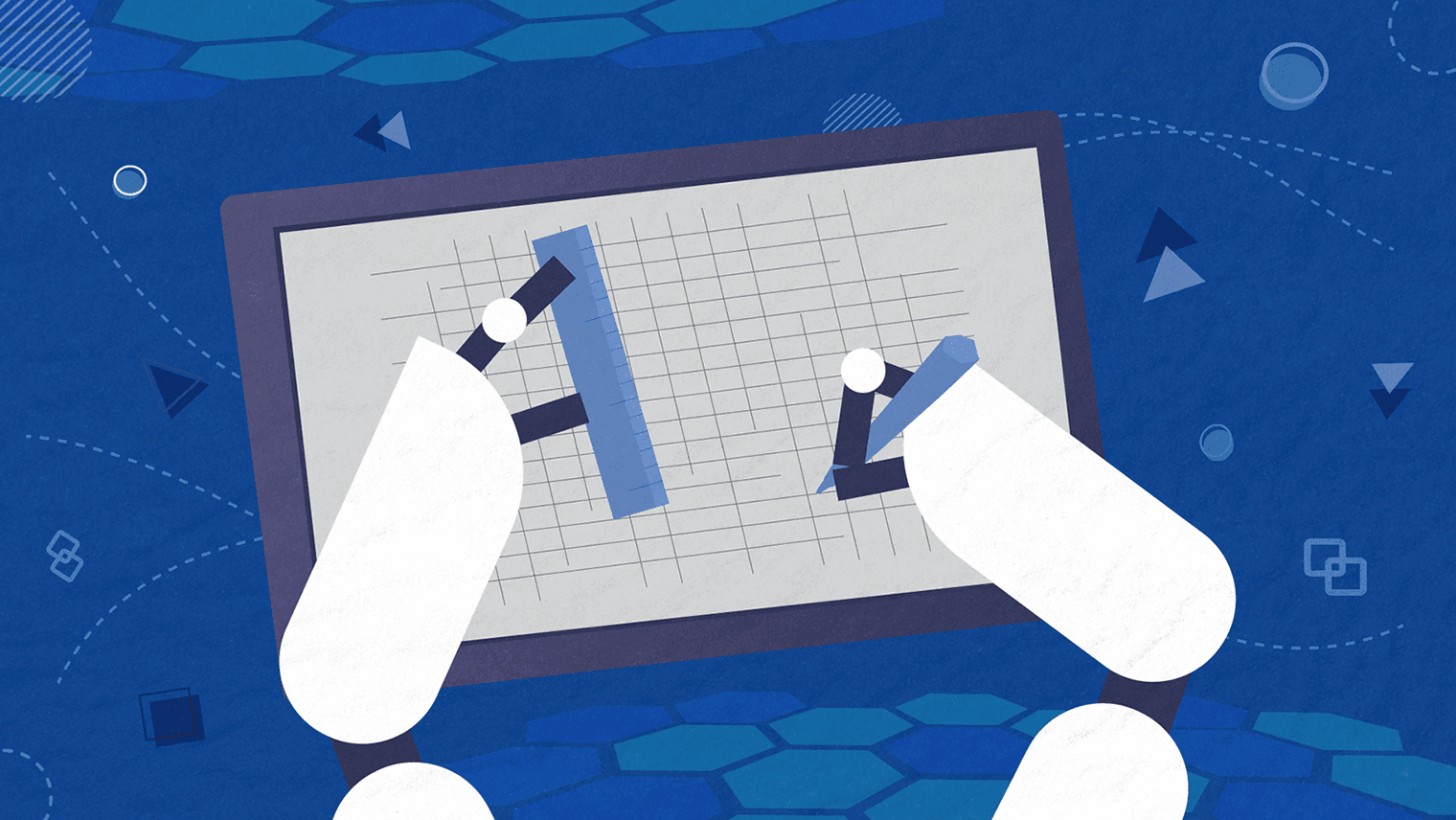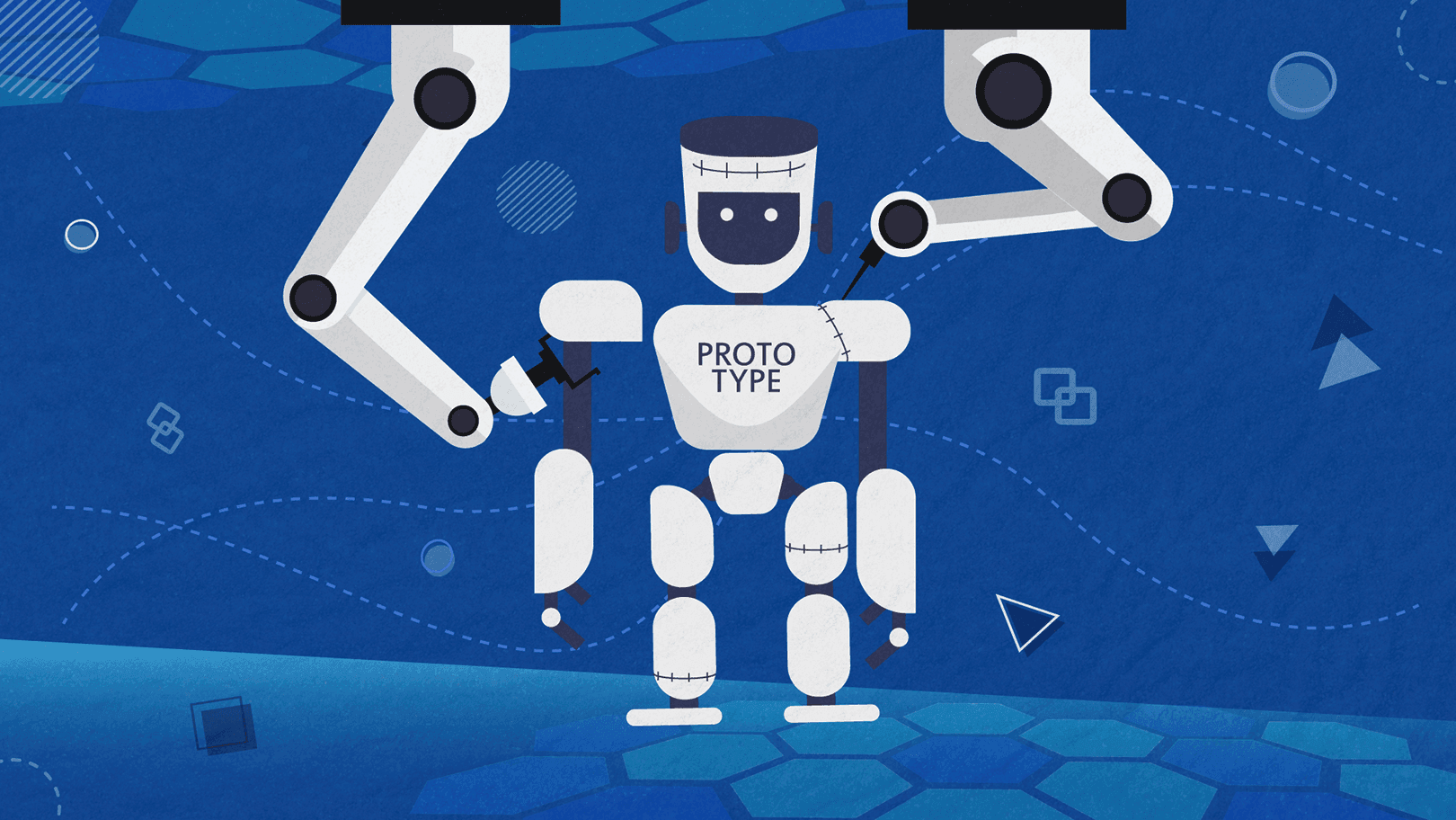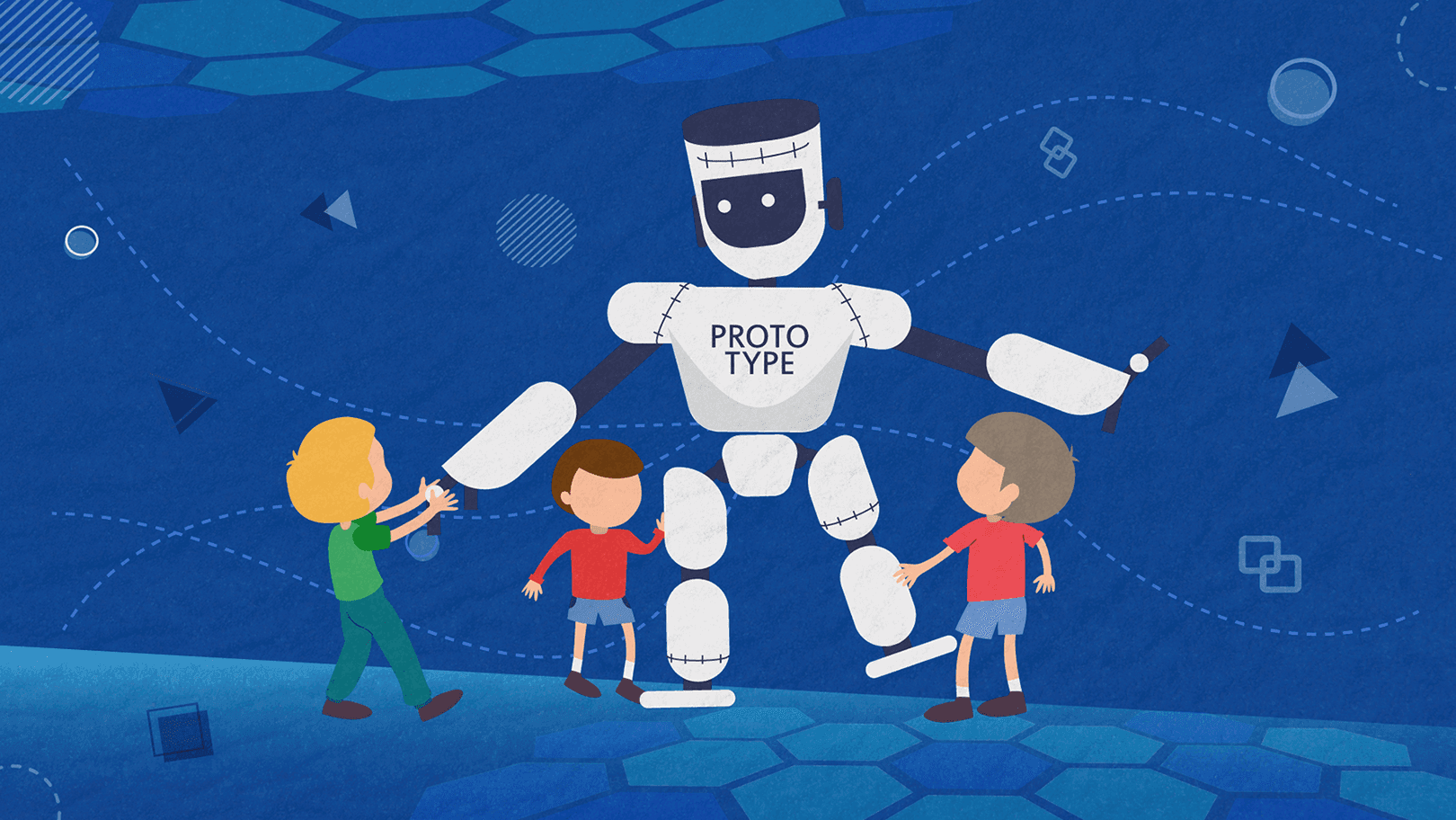Creating a Website for Enterprise-Level Companies

Creating a website for enterprise-level companies differs in many ways from creating a personal blog or a small business website.
First and foremost, it’s not something that you can do by yourself if you’re not a professional coder with years of experience. In most cases, bigger companies require complex solutions which can’t be created with premade WordPress themes. Such projects often require outside-of-the-box thinking, custom design, complex database and server configurations, data security protocols, and a lot of back-and-forth collaboration with the corporate IT sector.
The design and the functionality of such websites have to perfectly match the corporation's brand and values, but they also have to complement the company’s sales funnel and help optimize its conversions.
For people who don’t really have experience with building enterprise level websites, taking a project of this size and complexity could cause a lot of drama.
Over the last couple of years, we at Share IT have created dozens of complex apps and websites for our clients who run big businesses, and none of them were simple solutions. Every single one of them was a challenge of its own that demanded a lot of planning, back-and-forth communication, and great commitment and attention from our best developers.
From our experience, building websites and apps for enterprise-level businesses is quite similar to building skyscrapers. You need to have the best crew and a sound blueprint before you decide to break ground and start laying down the bricks. Since this is a difficult job where simple mistakes and bad estimations end up costing companies a lot of money, we at Share IT have decided to share our process with you.
1. Phase One: Website Architecture

For us at Share IT, the first and most important part of creating an enterprise-level website revolves around its future architecture. Before we can start discussing UI and UX, we first need to get a solid understanding of the general purpose of the website. We need to come up with a clear answer to the question: Who is going to be visiting it and why?
Once we do that, we need to gain in-depth knowledge of everything that’s going to be part of the construction and maintenance of the future website. We’re talking about all the web development tools and marketing technologies that will influence how the website will look and feel. In order to plan the project efficiently and effectively, it’s imperative for us to know with what kind of materials are we going to build the construct (yep, another architecture reference).
We need to learn about the planned website technologies before the production begins. That way, our dev can familiarize themselves with everything they need to know to get the project done right.
At this first phase, we at Share IT try to get a detailed brief from the client about their business. We define website goals and identify who’s the target audience. At this point, we want to make sure that we understand what the client wants and what is the expected outcome of the project.
Every website is built with a different idea in mind: to generate more money for the company online, to increase the offline market share through online marketing, to better engage customers online, and so on. This is a very important step because the goal defines the entire direction of the project.
Our job here is to listen to our clients’ wishes, but also consult them how to reach their ultimate goal with their website. Knowing that most people don’t really know how to set attainable goals, we talk to our client a lot in this phase and, with the help of the SMART criteria, try to help them come up with a concrete and precise goal for their website.
We also go the extra step and analyze the competition to see what kind of solutions they have. Maybe they have something that is worth analyzing and implementing in our product.
2. Phase Two: The Functionality and Mechanics of the Future Website
Once we complete phase one and get all the necessary data that we are supposed to create, we proceed to scenario mapping where we begin thinking as future users and start coming up with probable scenarios of their desired actions on the website.
With the help of our client, we create different user personas and try to think about the goals of each of those personas and how they’ll interact with the future website. This process helps us identify weak points in our current blueprint and figure out how to fix them.
Our goal here is to enable future website visitors to easily find the information they need, without any unnecessary complications. The less time they waste digging through the website, the better the chances of generating conversions our client will have.
In this part of the process, we put the personas on one side and the goals on the other. Then, we try to create the best paths to connect them. We categorize them and start thinking about a possible navigation system. You could do this manually, through a Google Sheet, you can even use one of the many available tools online specifically designed for this particular type of work. We at Share IT tend to use Xmind.
3. Putting Together a Prototype

Now that all the ground work is done, the production can finally start. In this phase, we start building the website’s prototype. We design the wireframe, place the information on web pages and create a sort of skeleton of the website.
We start with the homepage and then follow the supposed users’ paths and create a skeleton for each of the clients’ pages. The primary navigation menu comes first. It’s imperative to figure out the number of menu items and the number of drop-down menus.
When creating a wireframe for each of the web pages separately, we focus on the type of users that will most likely land on each of the pages, and then we define what they are likely to be looking for. This helps us organize the information on the page from most important to least important.
Before jumping into this part of the process, we make sure to take a few steps back and refresh our knowledge of the client’s target audience in the documentation we gathered in the previous phases.
4. Phase Four: Testing the Prototype
After you finish designing a prototype, we always invite the client to look at it before we continue with the development. We then show the construct to the right decision maker and explain the benefits of this solution for their specific case. Client education and transparency are of paramount importance. Sometimes, visions won’t match, so it’s essential to leave nothing to chance.
Investing time into nurturing healthy communication is the way to go. We tend to sit down with the client and take them on a guided tour to what we’ve done. But we don’t stop there. Depending on how involved they want to be, we can also explain the alternative options we discussed and showcase why we discarded them in the end.
If the client has chosen the Time & Materials constructual model, they have the right to request changes during the project implementation. From our experience, a good brief and healthy business communication reduces the revision cycle to a minimum, saving time for both parties involved.
5. Phase Five: Prototype Usability Testing

Once the client sends its comments and we apply them to the prototype, it’s time to test it on the potential users before moving further. There are a few ways to do the testing. For instance, there are tools available online that generate prototypes into HTML. Axure is one of them. This makes prototypes interactive and ready for users to try them out.
This part of the process helps us find the possible gaps in the design and fix them before it becomes too expensive or complicated to change things. It’s always smart to organize a small focus group and let people dig through the design while taking notes of bugs or other things that don’t feel intuitive enough. When we at Share IT organize this type of testing, we end up with a valuable list of first impressions and technicalities that need sorting.
In most cases, the comments we receive from the focus group is targeted towards the UX and UI. They tell us what users found annoying and what made it difficult for them to navigate through the website. This is all precious feedback that we use to improve the overall flow and functionality of the website in question.
6. Phase Six: The Development Phase
After everything is sorted, it’s time to compose the project specification document and forward it to our devs. The specs should be detailed and thorough, but also concise as possible. This document should contain information about software and web technologies which should be used to make the prototype come to life. Design requirements should also be clear and in sync with the client’s wishes.
Once that is done, our team starts creating the actual website. The graphic elements are supposed to be designed simultaneously. As with the prototype, the homepage comes first and then the other pages. Frameworks and CMS should be implemented to make sure that the server can handle the installation and setup smoothly. All the static web page elements and layouts that were designed in the prototype phase should be created and tested by now.
After all the pieces are put together, that’s when we focus on the special features and interactivity. This is where the prep work concerning the web development tools and marketing technologies comes to shine.
Not to get too techy, but different technologies have different advantages. For instance, Reactjs might be better for dynamic and single page apps while Angular is great for enterprise web applications and software. It all depends on the specific requirements of each individual project.
Before You Leave...
Thank you for taking the time to read our latest post. We sincerely hope that it helped you learn a thing or two about building websites for enterprise-level clients, or at least - how we at Share IT do it.
As you can see from everything written above, our process is simple and easy to follow. If you’re a developer, feel free to copy it and reach out if you get stuck in any of these phases.
If you have a web development project in mind, reach out to us and we’ll get back to you shortly.